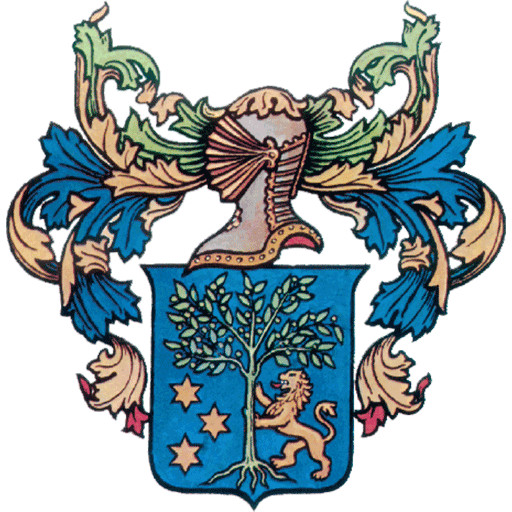
Mola di Bari
Index
Where is Mola di Bari located?
The city territory extends over an area of 50.72 square kilometers, located between the Adriatic Sea and the municipalities of Bari, Noicattaro, Rutigliano, Conversano and Polignano a Mare.
What to see in Mola di Bari?

Palazzo Roberti Alberotanza in Mola di Bari is a fine example of Neapolitan architecture in Puglia, which emerges from a majestic portal with balconies.
Built at the end of the 18th century, Palazzo Roberti Alberotanza in Mola di Bari was owned by the Roberti family until 1835, when Benedetta Roberti married Nicola Alberotanza; it was sold at the beginning of the twentieth century and acquired by the municipality starting from the sixties.
Visit our B&B in Mola di Bari where to stay in order to visit it.
It housed a school, an association and the municipal library until it was closed for restoration in 1981; the works carried out in 1996 restored the entrance portal and the Rococo canvases in the ballroom.
The ground floor of the building is now used as a tourist information center.
Do you want to visit Mola di Bari and save on the price of the B&B? Check our availability and ask for a discount!
What to eat in Mola di Bari? Where to eat in Mola di Bari?
Fish to buy at the fish market in the city center, where fishermen unload freshly caught fish every day, at all hours of the day.
What to do in Mola di Bari?
Mola di Bari is a small town overlooking the Adriatic Sea, near Bari, with an attractive promenade. When the Angevins arrived at the end of the 13th century, Mola di Bari was a heap of ruins. Charles I of Anjou built a cathedral and a castle in an attempt to breathe new life into the city. Under him, Mola entered its heyday.
The city is home to one of the most important ports in Puglia, so Mola boasts an excellent gastronomic tradition, with fish at the center of every dish. A typical local non-fish product is the artichoke from Mola di Bari, which is part of the oldest tradition of Molese.

The history of Mola di Bari:
The unification of Italy left most of the population in difficulty, despite the construction of the Adriatic railway (1865) and the massive literacy activities. In particular, the economic crisis caused by protectionism at the end of the century gave the first great impetus to emigration abroad, involving thousands of Molesi until the 1960s. In the beginning, the seasonal migration of workers to the Capitanata for grain harvesting was a natural development, with a prevalence of men, but at the beginning of the 20th century, families migrated more and more often with their men to the United States. and up to the 1950s also to Venezuela and Argentina.
Do you want to taste the typical dishes of the cuisine of Mola di Bari? book your table now!
During the First World War the city was bombed by Austrian troops: on 24 September 1921 Giuseppe di Vagno, a young socialist deputy from nearby Conversano, who arrived in Mola for a rally, was fatally wounded by the fascist troops of Conversano and Cerignola, led by the deputy Giuseppe Caradonna. The sudden failure of the Alberotanza family, which was entrusted with much of the economic mobility of the inhabitants of Mola during the fascist period, led to a notable division of land ownership and accelerated the decline of the local nobility, which previously depended on a small number of “Galantuomini” families.
Where to sleep in Mola di Bari?
Choose your home! to sleep near Mola di Bari in a B&B with swimming pool.
Why visit Mola di Bari?
For the waterfront and historic buildings. The imposing building, located on the seafront, was built in 1279 by Charles I, Duke of Anjou. The imposing building, located on the seafront, was built in 1279 by Charles I, Duke of Anjou. Over the years, however, the castle had to be rebuilt because it was subjected to various oppressions, including a ferocious siege by the Venetians. As a result, the castle took on the polygonal shape of a star, which it still retains today. In ancient times there was also a pier that connected the structure to the sea. From the beginning, the manor had a dual function: residence of the nobility and fortification for military purposes. In fact, the upper floors were the private residences of the various lords who ruled the city.
Visit our Bed & Breakfast in Mola di Bari where to stay in order to visit it.
RELATED ARTICLES
Agriturismo Masseria Alberotanza B&B e Ristorante a Conversano
Secondary phone: +393317271337
Email: info@masseriaalberotanza.it

